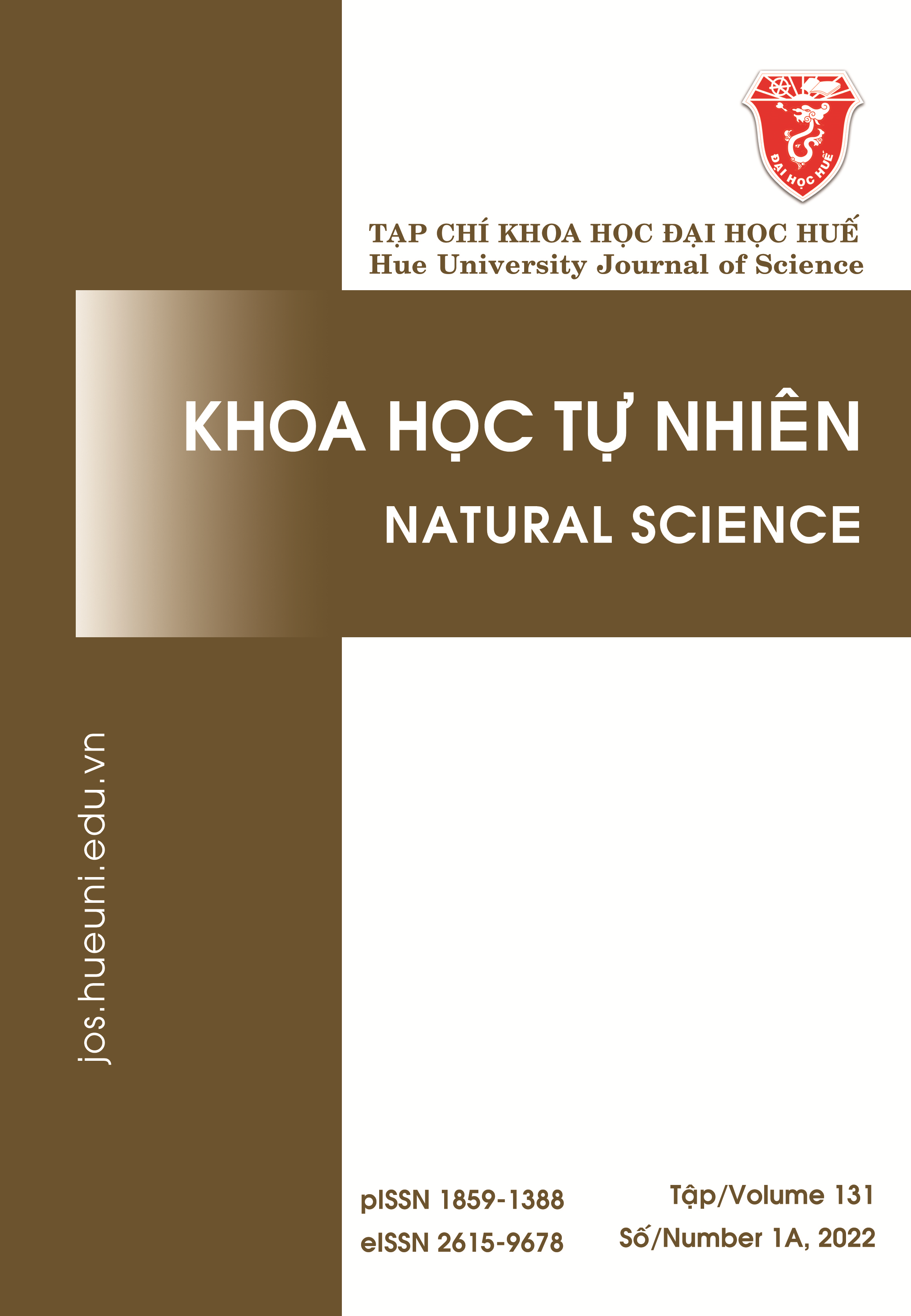Abstract
This paper presents the synthesis of the titanium peroxide complex and the photocatalytic activity of the TiO2/g-C3N4 system. The prepared materials were characterized by using UV-Visible Diffuse Reflectance Spectroscopy, X-ray diffraction, scanning electron microscopy, transmission electron microscopy, and Fourier-transform infrared spectroscopy. The titanium peroxide complex with high TiO2 content and the TiO2/g-C3N4 system of 1:1 (w/w) has good catalytic activity. This material can be used in polluted-wastewater treatment.
References
- Mohai P, Bryant BI. Environmental racism: Reviewing the evidence. Paul Mohai and Bunyan Bryant; 1992.
- Martinez JL. Environmental pollution by antibiotics and by antibiotic resistance determinants. Environ Pollut. 2009;157(11):2893-902.
- Dietz AC, Schnoor JL. Advances in phytoremediation. Environ Health Perspect. 2001;109(suppl 1):163-8.
- Manahan SE. Fundamentals of environmental and toxicological chemistry: sustainable science. CRC press; 2013.
- Mishra D, Srivastava M. Low-dimensional nanomaterials for the photocatalytic degradation of organic pollutants. In: Nano-Materials as Photocatalysts for Degradation of Environmental Pollutants. Elsevier; 2020. p. 15-38.
- Fujishima A, Honda K. Electrochemical Photolysis of Water at a Semiconductor Electrode. Nature. 1972;238(5358):37-8
- Li K, Gao S, WangQ, Xu H, Wang Z, Huang B, et al. In-situ-reduced synthesis of Ti3+ self-doped TiO2/g-C3N4 heterojunctions with high photocatalytic performance under LED light irradiation. ACS Appl Mater Interfaces. 2015;7(17):9023-30.
- Teter DM, Hemley RJ. Low-compressibility carbon nitrides. Science (80- ). 1996;271(5245):53-5.
- Wen J, Xie J, Chen X, Li X. A review on g-C3N4-based photocatalysts. Appl Surf Sci. 2017;391:72-123.
- Bavykin D V, Parmon VN, Lapkin AA, Walsh FC. The effect of hydrothermal conditions on the mesoporous structure of TiO2 nanotubes. J Mater Chem. 2004;14(22):3370-7.
- Jin Z, Zhang Q, Yuan S, Ohno T. Synthesis high specific surface area nanotube g-C3N4 with two-step condensation treatment of melamine to enhance photocatalysis properties. RSC Adv. 2015;5(6):4026-9.
- Wei K, Li K, Yan L, Luo S, Guo H, Dai Y, et al. One-step fabrication of g-C3N4 nanosheets/TiO2 hollow microspheres heterojunctions with atomic level hybridization and their application in the multi-component synergistic photocatalytic systems. Appl Catal B Environ. 2018;222:88-98.
- Sheng Y, Wei Z, Miao H, Yao W, Li H, Zhu Y. Enhanced organic pollutant photodegradation via adsorption/photocatalysis synergy using a 3D g-C3N4/TiO2 free-separation photocatalyst. Chem Eng J. 2019;370:287-94.
- Lu N, Wang C, Sun B, Gao Z, Su Y. Fabrication of TiO2-doped single layer graphitic-C3N4 and its visible-light photocatalytic activity. Sep Purif Technol. 2017;186:226-32.

This work is licensed under a Creative Commons Attribution-ShareAlike 4.0 International License.
Copyright (c) 2021 Array




